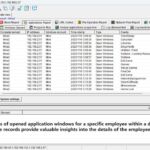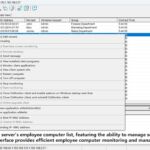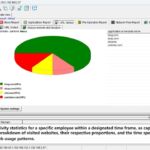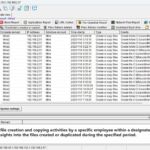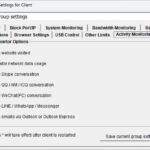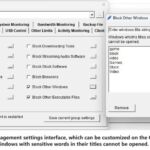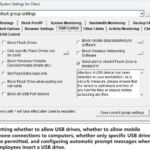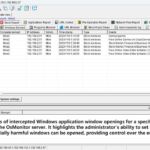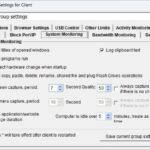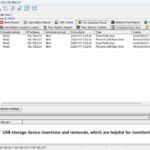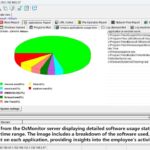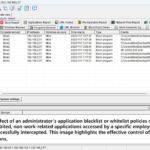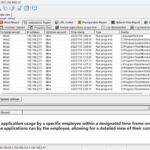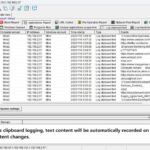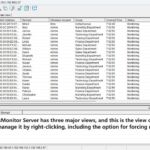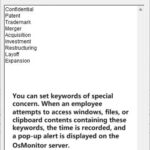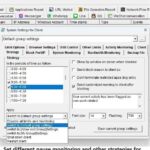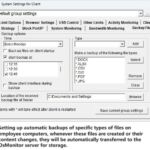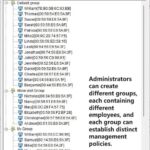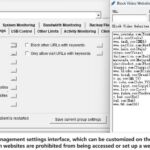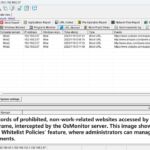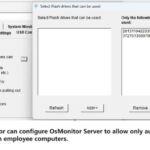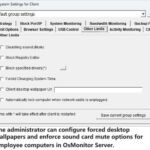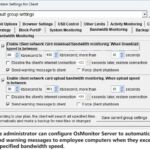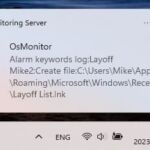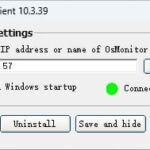How can binary tree traversal algorithms be cleverly employed to upgrade and fortify the stability of monitoring software? Binary tree traversal algorithms encompass pre-order, in-order, and post-order traversal methods, functioning like versatile tools that can excel in various scenarios, elevating both the performance and stability of monitoring software.
Listed below are several methods for leveraging binary tree traversal algorithms to optimize and enhance the stability of monitoring software:
- Swift Access to Monitoring Data: Store monitoring data within a binary search tree, capitalizing on its properties to facilitate rapid data insertion, deletion, and retrieval, thereby boosting the efficiency of data access.
- Expedite Anomaly Retrieval: Retrieving anomaly information is pivotal in monitoring software. Leverage the attributes of a binary search tree to organize anomaly data according to specific rules. For example, establish a timestamp-indexed binary tree for swift anomaly localization and retrieval, aiding in rapid troubleshooting.
- Refine Alert Mechanisms: Store monitoring threshold data in a binary heap, utilizing the heap's characteristics to swiftly identify minimum or maximum thresholds for triggering alerts. This approach ensures a more prompt alert response, mitigating issues stemming from delayed alerts.
- Optimize Task Scheduling: Monitoring software may entail multiple tasks requiring periodic execution. Utilize a priority queue (implemented with a binary heap) for task scheduling, ensuring high-priority tasks are promptly addressed, thereby enhancing system stability.
- Resource Management: If the monitoring software necessitates resource management, such as memory, CPU, etc., employ a balanced binary tree to maintain resource allocation, preventing resource over-allocation or inadequacy.
- Error Log Analysis: Construct error logs into a binary tree based on certain criteria, such as organizing them by error codes. This facilitates faster issue localization during error log analysis and enables extracting additional information from the error's structure.
- Topology Analysis: If the monitoring software needs to oversee network topology or relationships among system components, utilize tree traversal to establish and analyze the topology structure. This aids in better comprehending and managing intricate system relationships.
However, it's important to note that achieving optimal results requires selecting data structures and traversal methods tailored to specific circumstances. While binary trees are dependable in certain cases, practical usage necessitates considering several factors like data volume, use case scenarios, and maintaining balance to ensure the synergy of chosen data structures and algorithms. Throughout this optimization process, remember that "there is always a taller mountain"; binary trees are not the only valuable data structures or algorithms available. To comprehensively enhance software performance, one must consider a multitude of aspects.
About OsMonitor:
The mission of OsMonitor is to create a Windows computer system tailored for work purposes, effectively regulating employee computer behavior. It enables employers to understand what employees are doing each day, monitoring every action, including screen activity and internet usage. Additionally, it restricts employees from engaging in specific activities such as online shopping, gaming, and the use of USB drives.
OsMonitor, designed purely as software, is remarkably user-friendly and requires no additional hardware modifications. A single management machine can oversee all employee computers. As a leading brand in employee computer monitoring software with over a decade of successful operation, OsMonitor has rapidly captured the global market with its minimal file size and excellent cost-effectiveness compared to similar software. At this moment, thousands of business computers worldwide are running OsMonitor daily.




